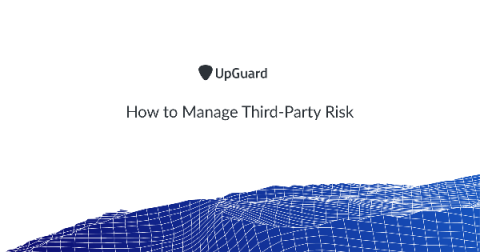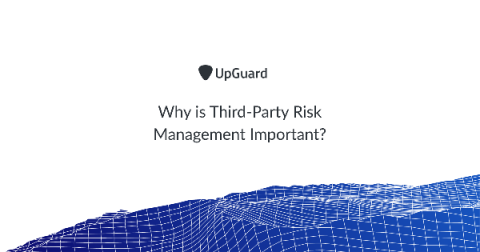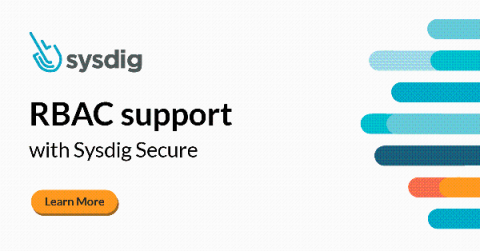How to Manage Third-Party Risk
Engaging with third-party vendors for the provision of goods and services isn't new. The level of digital transformation, paired with the number of third-party relationships and business partners the average organization has is. Third-party risk management programs need to evolve the manage this ever evolving type of risk exposure. Enterprise-wide organizations rely on third and fourth-party vendors. And many of them have access to sensitive data.







